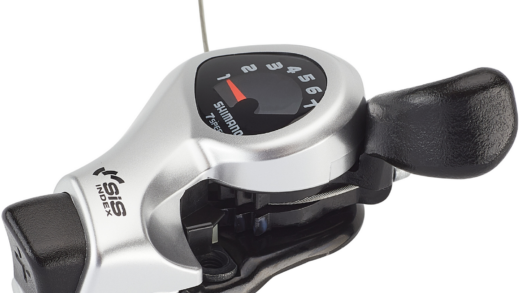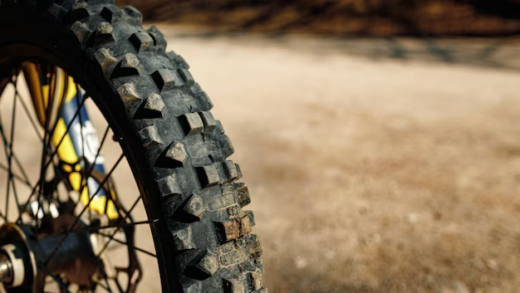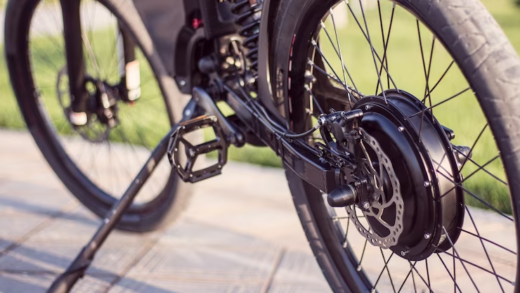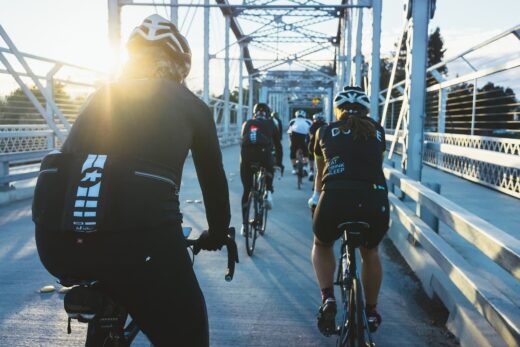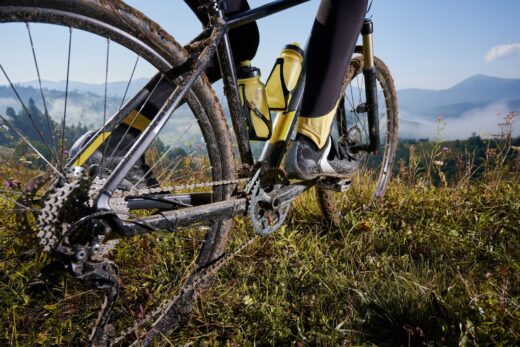Yes, you can use a bicycle as an everyday mode of transport in Dubai, but there are a few important considerations to keep in mind regarding infrastructure, safety, and regulations.
Infrastructure
Cycling Tracks:
- Dubai has invested in dedicated cycling tracks and paths to promote cycling. Popular tracks include the Nad Al Sheba Cycle Park, Al Qudra Cycling Track, and the Dubai Water Canal cycle path.
- New Developments: The city continues to expand its network of cycling tracks, aiming to make cycling more accessible and safer.
Shared Paths and Roads:
- Some areas have shared paths for pedestrians and cyclists.
- Cycling on main roads can be challenging due to traffic, but some areas are more bike-friendly.
Regulations

Cycling Rules:
- Cyclists must follow the same traffic rules as motor vehicles.
- Wearing a helmet is recommended for safety, though not mandatory.
- Use bike lights at night and wear reflective clothing to ensure visibility.
- Cycling on highways and major roads is prohibited unless there is a dedicated cycling lane.
Parking:
- Bike racks and parking areas are available in many parts of the city, especially near parks, beaches, and public transport stations.
Safety
Helmet and Gear:
- Always wear a helmet for safety.
- Use front and rear lights and reflective clothing when cycling at night.
Traffic Awareness:
- Be cautious of traffic, especially in busy areas.
- Use hand signals to indicate your intentions to other road users.
Public Transport Integration
Bike-Friendly Public Transport:
- Dubai Metro and public buses are increasingly accommodating bicycles. Metro stations often have bike racks and some trains allow bicycles during off-peak hours.
Practical Considerations
Weather:
- Dubai’s hot climate can be challenging, especially during the summer months. Plan your rides early in the morning or late in the evening to avoid the heat.
- Stay hydrated and use sun protection.
Distance and Terrain:
- Assess the distance and terrain of your daily commute. While flat terrain can make cycling easier, long distances in the heat can be exhausting.
Popular Cycling Areas
Downtown and Marina:
- Areas like Downtown Dubai and Dubai Marina have more bike-friendly infrastructure and are more suited for everyday cycling.
Residential Areas:
- Communities like Arabian Ranches, Mirdif, and Jumeirah have internal roads and pathways that are safer for cycling.
Bike Sharing and Rentals
Byky and Careem Bike:
- Dubai offers bike-sharing services like Byky and Careem Bike, which have stations across the city. These services are convenient for short trips and last-mile connectivity.
Community and Events

Cycling Community:
- Joining a cycling group or community can provide support, safety in numbers, and regular group rides.
Events:
- Dubai hosts several cycling events and races throughout the year, promoting cycling culture.
While cycling can be a viable mode of everyday transport in Dubai, it requires careful planning and consideration of the city’s infrastructure, traffic conditions, and climate. With the increasing development of cycling paths and a growing cycling culture, it’s becoming more accessible and popular.
Can you transport bicycles in rental cars in Dubai?
Yes, you can typically transport bicycles using a rental car, but there are a few factors to consider:
- Car Type: Ensure that the rental car you choose has enough space to transport your bicycle safely. Larger vehicles like SUVs, vans, or hatchbacks with fold-down rear seats are often more suitable for carrying bikes.
Rent a car for month or more in Octane group.
- Bike Rack: If you have your own bike rack, you can attach it to the rental car. Make sure the bike rack is compatible with the type of vehicle you’re renting and that it is installed securely according to the manufacturer’s instructions.
- Rental Company Policy: Check with the rental company about their policy regarding transporting bicycles. Some rental companies may have specific guidelines or restrictions on attaching bike racks to their vehicles.
- Additional Fees: There may be an additional fee for attaching a bike rack to the rental car. Confirm with the rental company if there are any extra charges for transporting bicycles.
- Security: Ensure that the bike is securely attached to the bike rack to prevent it from falling off during transit. Use additional straps or locks if necessary to secure the bike.
- Driving Considerations: Be mindful of the added height and width of the vehicle with the bike rack attached, especially when driving under low clearance structures or through narrow spaces.
- Insurance Coverage: Check if your rental car insurance covers any damage to the bike or the vehicle caused by transporting the bike. Consider purchasing additional insurance coverage if needed.
Overall, transporting a bicycle with a rental car is feasible and allows you to explore different cycling routes and destinations during your trip. Just be sure to plan ahead, follow safety guidelines, and adhere to the rental company’s policies.
